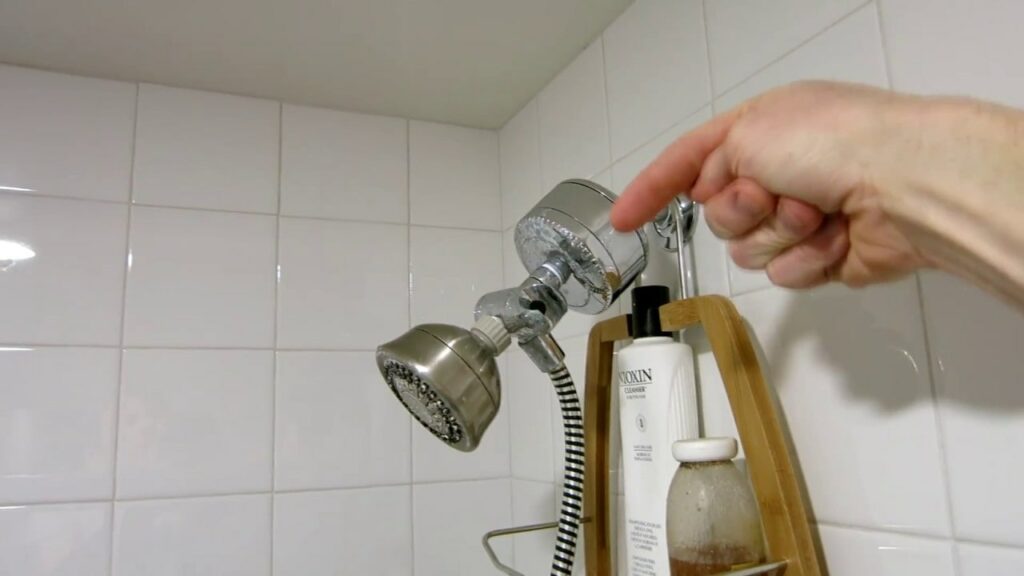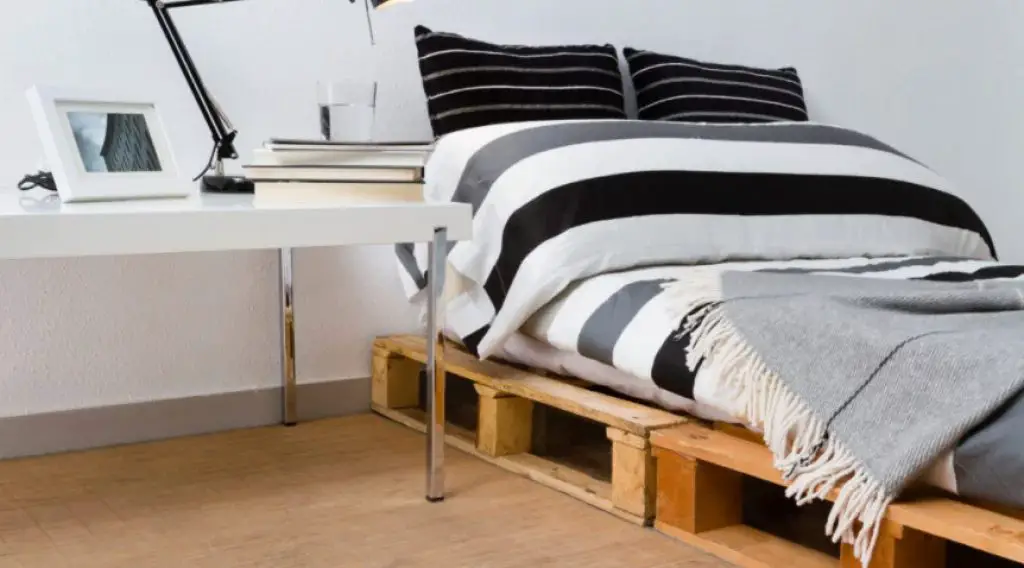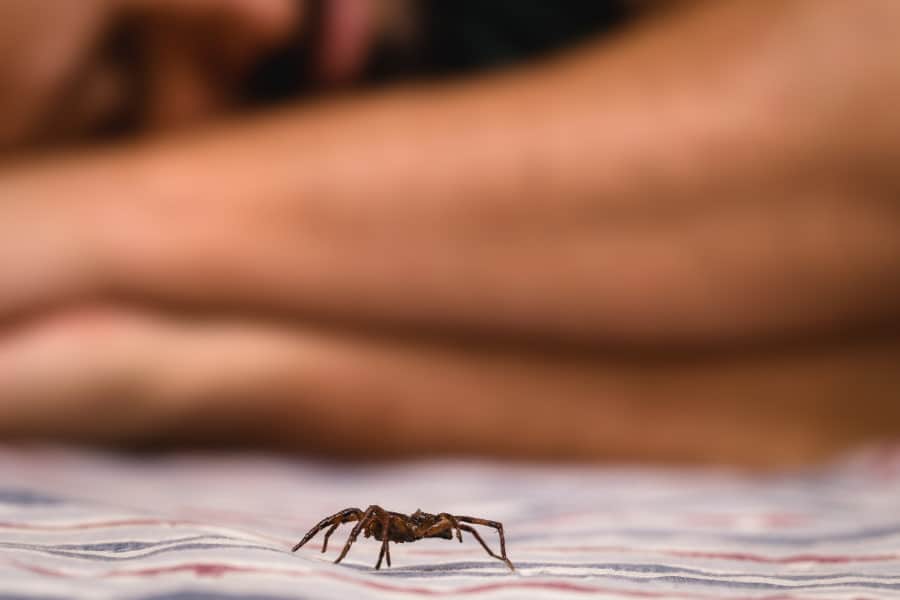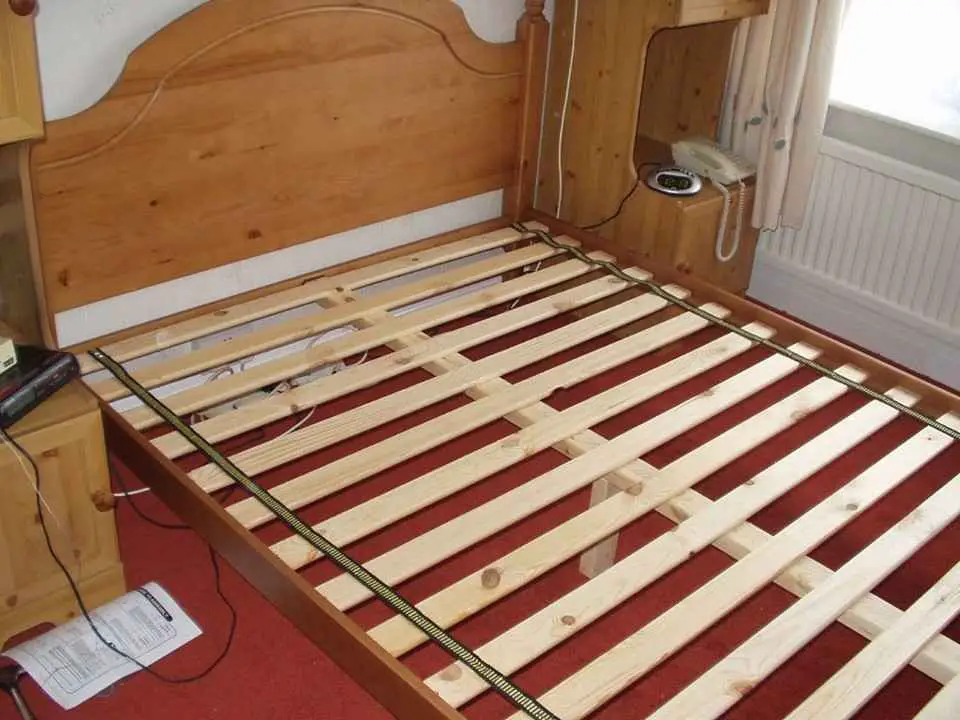One of the best ways to clean your sticky floors and get rid of debris is to mopping them.
After mopping a specific area, some persons experience sticky flooring.
Even after hours of mopping, sticky flooring can be a bothersome problem, so you can avoid having sticky floors after mopping them?
Typically, lingering residue and ineffective cleaning methods are to blame.
Once you’ve identified the causes, you can use steam mops and the right cleaning methods to avoid sticky floors.
Why Does My Floor Still Stick After I Mop?
You might question if you cleaned your floor thoroughly if you hear the sound your shoes create as you walk on sticky floors.
Finding the causes of sticky floors is one solution to this issue.
This enables you to develop cleaning solutions that are more effective. These are a few causes of your sticky floors:
1. Remaining obstinate residue:
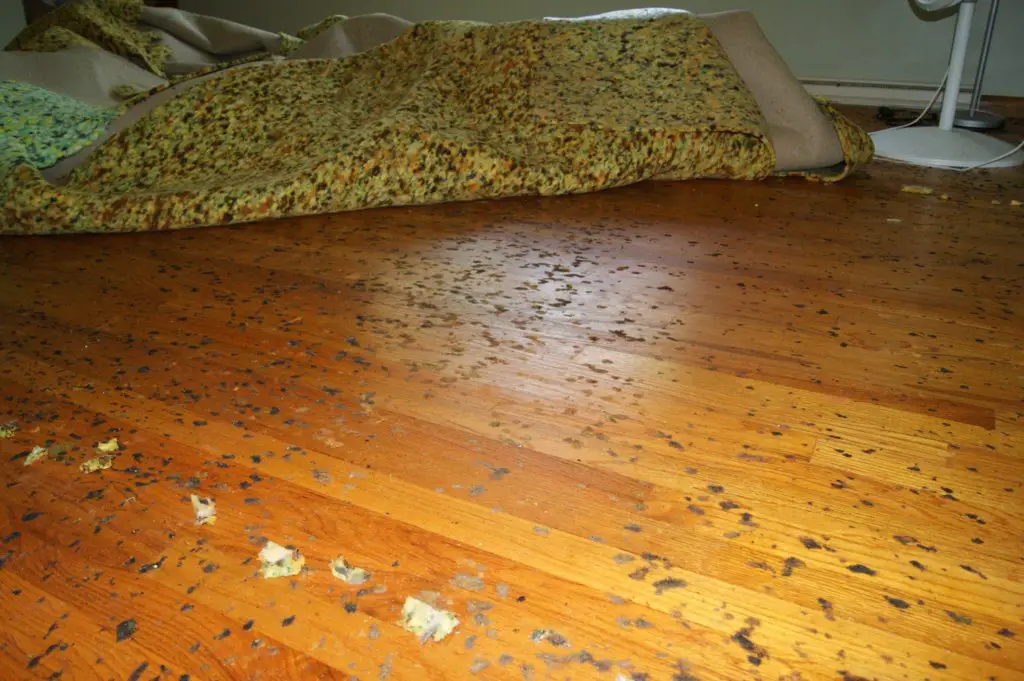
Some residues are more challenging to remove than others.
For instance, removing other liquids from the floor is easier than cleaning up soft drink spillage.
It’s likely that you won’t completely clean the area if you continue to mop the tiles in the same manner.
Any liquid that isn’t water behaves the same way; be sure to completely clean the area to get rid of the issue.
The residue that has built up over time is undoubtedly more difficult to remove.
The extra factors that contribute to residue building up on your flooring may be unknown to you.
For instance, grease from the pan when cooking meals in the kitchen may rise into the air and land on the floor.
If you do not address the issue right away, your cleaners, such as soap and wax, may also accumulate over time.
2. Poor Cleaning Methods:

Inadequate cleaning methods may be the cause of sticky floors if you find yourself mopping and washing the floor repeatedly.
You might be using the following strategies incorrectly:
3. Using the Wrong Floor Cleaning Product:

When cleaning your floors, always use the appropriate cleaning solution.
The improper product used on the tiles can cause more damage than good.
If you’re cleaning laminate floors, then you need to utilize laminated floor cleaning products.
4. Too Much Floor Cleaning Product:

It’s a common misconception that using more cleaning products than recommended makes for cleaner floors, so take care not to overdo it.
When a product is used excessively, a residue may remain that is more challenging to remove.
5. Cleaning with Dirty Water:
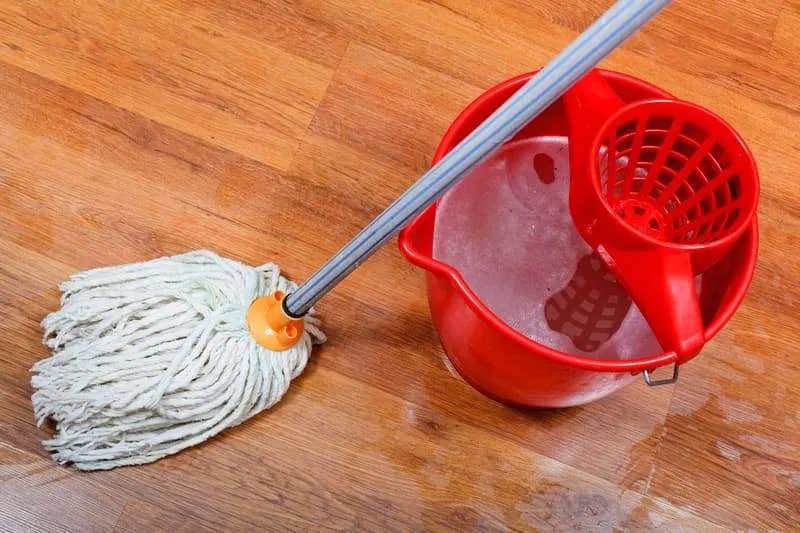
When mopping, pay attention to how dirty the water in your bucket gets.
When you mop with unclean water, you are essentially spreading the dirt over the surface you are cleaning, which leaves your floors messier and more slippery.
6. Not Sweeping or Vacuuming Before:

It is not enough to sweep or vacuum prior to getting rid of hair and dust. These can’t be cleaned up with a simple mop.
How to Get Rid of a Sticky Floor?

Following the advice given above, let’s look at how to properly clean a sticky floors after mopping:
1. Vacuum the floor first:
Make sure there is no loose material, such as dust or animal hair, by being thorough.
2. Get some warm water and a fresh mop:
Use hot water on extremely sticky or unclean flooring.
3. Correctly dispense cleaning agents into the water:
Recall the 1:10 ratio, add ten parts of water for every part of the product.
Additionally, confirm that the product is suitable for your floor.
4. Dip the mop into the solution and wring it out:
When using the mop on the floor, make sure it is not dripping with water.
5. Start mopping the floor:
The best way to mop the floor is to move backward from one end of the space to the other.
You won’t tread on the components that you just cleaned in this manner.
6. Wring the mop several times as you go:
By doing this, you can prevent moving dirt from one place to another.
How to Prevent Sticky Floors After Mopping?
1. Follow Proper Cleaning Techniques:
After finishing, rinse the floor. Fill the mop bucket back up with fresh water after emptying it.
Then, to get rid of any leftover cleaning chemical residue, wipe the floor with simply water.
Remember to allow the floor to dry after you’re finished.
You’ll end yourself back where you started if you step on it while it’s wet.
To dry the floor yourself, use a dry mop or cloth if you don’t want to wait.
If there is any residue left, proceed through the steps starting at step 2 once more.
You can add a tiny quantity of vinegar or ammonia. Anything that might have been left behind will be eliminated by this mixture.
Just follow these guidelines to get rid of any stickiness. Although it could seem like a tedious process, it is undoubtedly worthwhile.
If you clean your floors correctly now, future cleaning will be much easier.
2. Using Steam Mop:
The best way to deal with sticky floors is to invest in steam mops, which have the technology to clean floors more effectively than conventional mops.
The system works by softening any residue before mopping it with vaporized water.
Use steam mops with caution as hot water might dissolve the adhesive holding your flooring together.
You can also select microfiber mops because they are better at retaining dirt and won’t let it fall into the water or transfer it to the tiles.
You can avoid using filthy water when mopping by using additional gadgets that allow you to segregate clean and unclean water into separate buckets.
Also read: How To Remove Wood Stain from Carpet?
FAQ- Sticky Floors After Mopping:
Q1. How to Remove Sticky Film from Laminate Flooring?
One of the likely offenders if your laminate flooring has residue is soap or floor wax.
You’ll need an acidic cleanser to remove this buildup. You’ll also need to use a detergent for tough chores.
Start by properly sweeping the floor to ensure that there is no dirt behind.
Q2. Is it true that vinegar makes flooring sticky?
On hardwood, vinegar can be safely used; but, for it to be effective, it must be diluted.
Undiluted vinegar can leave your flooring sticky and emit a pungent smell that takes a long time to disappear.
Q3. How Can Sticky Film Be Removed from Vinyl Flooring?
We like to use a spin mop, spray mop, or vinyl floor cleaning while mopping vinyl flooring.
A specialist cleaner or homemade floor cleanser is a fantastic choice to help protect the finish.
After mopping, it is crucial to properly clean vinyl flooring because dish soaps can leave a film or residue.
Also read: How To Install Hardwood Flooring in Bathroom?
Conclusion:
Always keep in mind these five essential floors cleaning bits of advice.
Prior to mopping, vacuum the floor, choose the proper product, thoroughly wring the mop, and don’t forget to rinse the sticky floors.
Your home’s appearance and temperament can be significantly enhanced by having clean floors.
You need to maintain the cleanliness of your entire home if you follow the advice in this book.
Don’t forget to treat your floors right going forward!




